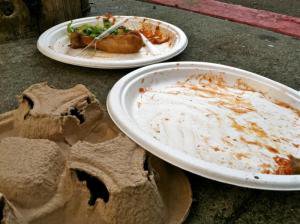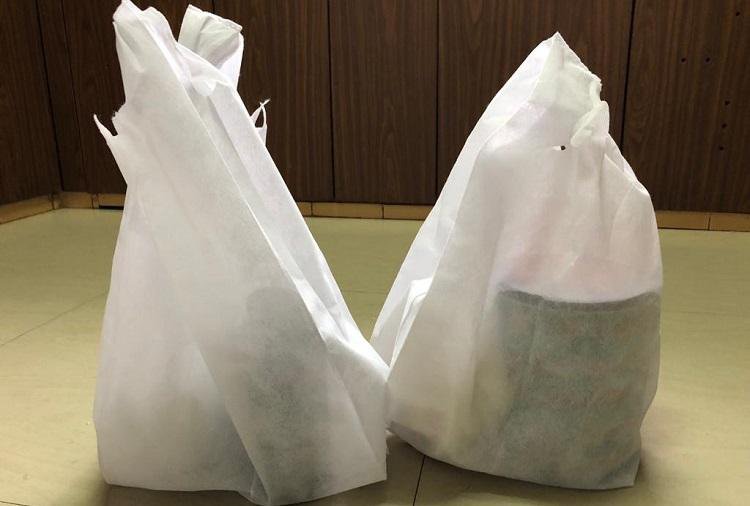Plastic pollution is something everyone in the world is talking about these days. And not just talking, people and organisations are also making efforts to reduce the use of single-use plastics.
Apparently, single-use plastics are the major source of land and water pollution. In a bid to end the use of plastic, we have come up with alternatives. But are these alternatives really sustainable?
1. Paper coffee cups available at restaurants and cafes are not really recyclable.
The disposable coffee cups made of paper might seem like they can be recycled, but in reality, it is not easy to recycle them.

Most single-use cups are lined with a very thin film of polypropylene, which makes the cups leak-proof but also difficult and expensive to recycle. The two materials – paper and plastic need to be separated before recycling which is not easy.

2. Used paper plates contaminated with food can only be recycled if they are composted.
Paper plates once contaminated with food are not easy to recycle. The only process to degrade them is by composting, otherwise they end up in landfills along with the other clutter. Here, they take years and years to degrade.

3. The ‘cloth bags’ that we use these days are made of polypropylene.
Look at these bags that we use every day. Recently, they have been more in use in India after the country has pledged to end the use of single-use plastic.

Opposite to what we think, these bags are aren’t made of cloth. They are made of polypropylene, which is a type of plastic. These cloth-like bags are no better than plastic bags, usually made of polyethylene. They take just as many years to decompose, and are just as harmful for the environment.
No. They are not substitute of #Plastic. They are plastic itself. These bags projected as eco-friendly are actually made of #Polypropylene (a plastic) & processed into a fibre form. As #harmful to environment & difficult to #degrade as plastic. They are not substitute of cloth. pic.twitter.com/rsJ6VXbRdD
— Parveen Kaswan, IFS (@ParveenKaswan) October 11, 2019
4. Recycled plastic clothing can be more harmful to the environment if not made according to the latest scientific standards.
Many brands claim that they are manufacturing footwear and clothes using plastics reclaimed from the oceans.

Research shows that synthetic clothing sheds plastic microfibers on washing which again end up in the oceans. The microfibers are tiny synthetic threads less than 1 mm in size and may actually be the biggest source of plastic in the ocean.
5. The eco-friendly biodegradable and compostable garbage bags are not really biodegradable.

These plastics break down into smaller and smaller pieces, till they become invisible to the human eye. These microplastics get leaked in our water sources and soil. They then enter our food chain and cause harm to humans and animals.

While the intention behind the manufacturing of these alternatives is not wrong, they might not serve the larger purpose of getting rid of plastic in the long term.

















